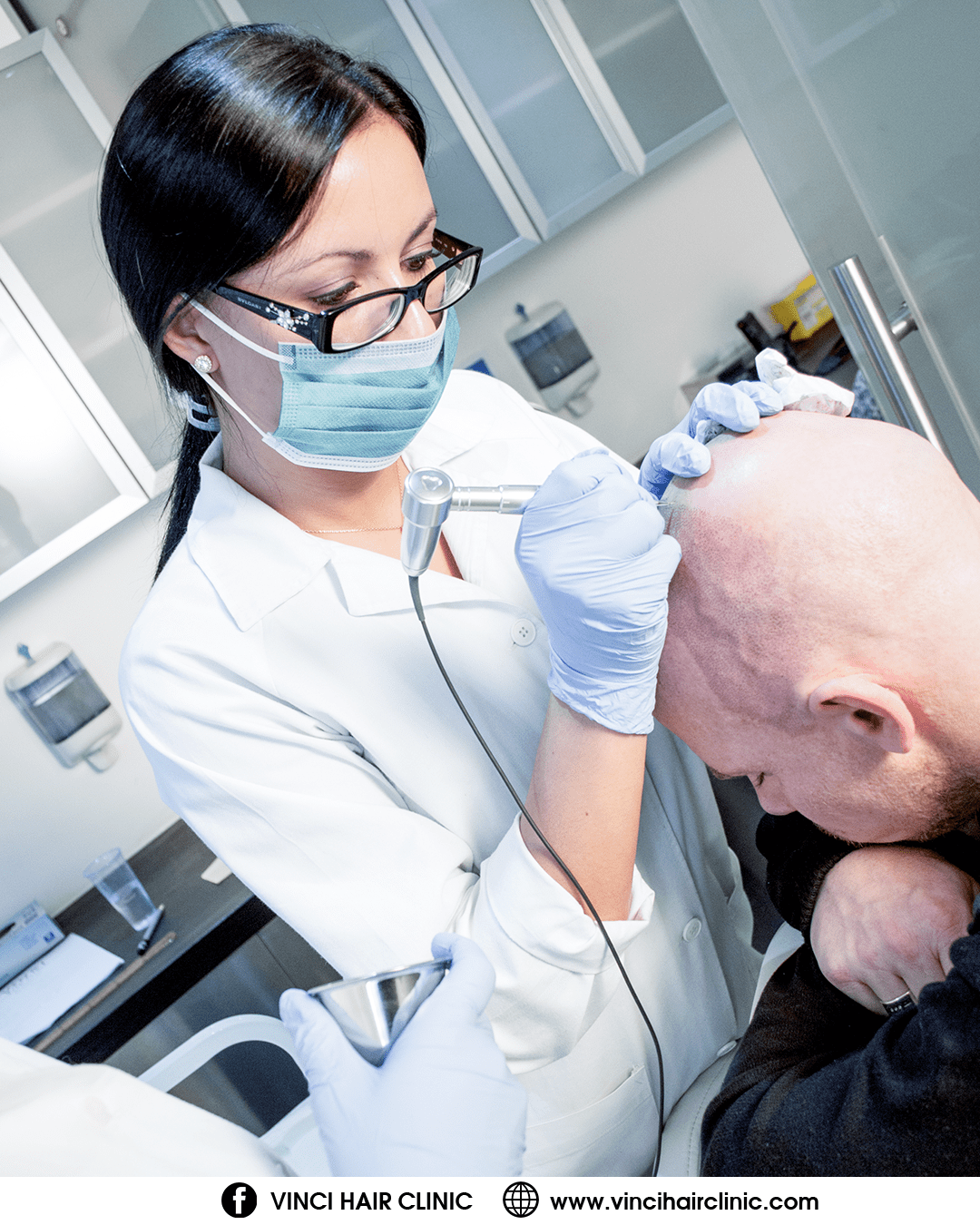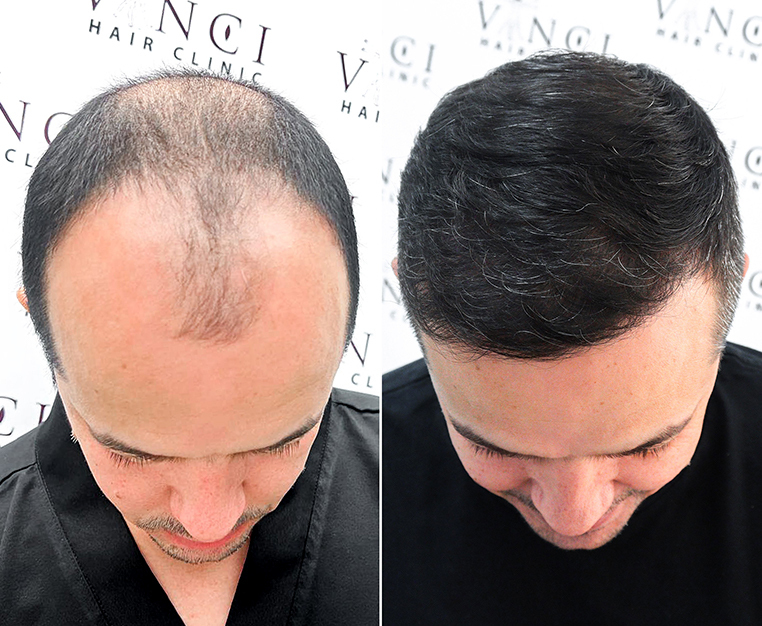According to a survey of hair restoration specialists, one of the most frequently asked questions you will come across when you’re researching hair transplants is, “How many grafts do I need for a good hair transplant?” Having carried out thorough research into hair loss and transplant procedures, many patients believe they have some idea about how many grafts they will require. However, there are many factors which influence exactly how many grafts you will need when it comes to the actual surgery. This article goes some way to answering this important question as well as giving you an idea of what to expect during your consultation.
Why Is Hair Loss Assessment Important?
There are many hair loss clinics online which offer a quotation based on the number of grafts you will need for a specific procedure. Online quotes may give you a rough guide to how much you can expect to pay for transplant surgery, but that’s far from enough. To get an accurate fix on the number of grafts required to achieve a dense and natural look, you need more. Much more. Read on to find out why you need a proper hair loss assessment rather than just a quick calculation downloaded from the internet.
To take the guesswork out of the equation and determine how many hair grafts you will need to restore hair density, you must book a consultation.
What Happens During A Hair Loss Assessment?
A hair loss expert will carry out a diagnosis to determine the cause of your hair loss. The process may involve taking medical and family history. Arriving at a diagnosis may also include assessing your hair and scalp condition, perhaps through a microscopic examination. Suppose you have received a diagnosis of male or female pattern baldness. If that is the case, you may already have received a classification of the extent of the condition. The Norwood Scale is a standard measure of the area of balding in males. Hair loss specialists use this scale, together with other diagnostic tools, to calculate a close approximation of the number of grafts you will need.
It is worth noting that most reputable clinics will only harvest as many grafts as it will take to achieve your desired results. There is no reason to harvest 5000 grafts just because a calculation says that’s what you need. Transplant surgeons will use their experience and skill to harvest the right number of grafts, taking into account graft survival rates.
Graft Survival Rates And Why They Matter
A key statistic you should ask for when considering a hair transplant clinic is their graft survival rate. A survival rate above 90% is an impressive statistic because it shows that only 1 in 10 harvested grafts become unusable. Why is this important? Would you want a surgeon or technician harvesting 5000 grafts and for only 2500 to make it onto your scalp? Of course not, because overharvesting may mean that you won’t have any more donor follicles left if things don’t go according to plan.
Factors That Determine The Number Of Grafts
Asking how many grafts you will need for a successful hair transplant is to ask only one half of the question. This part of the blog post looks at the other half of the equation: how many potential grafts do you have available in the donor areas?
The extent of your hair loss as determined by the diagnosis and the Norwood Scale ultimately dictates what can be done for you. Infilling the hairline requires the least number of grafts simply because the area to cover is small. As the condition progresses over the front half, front two-thirds and beyond, you will need more grafts to restore density.
Here are a few more factors your surgeon will explain to help you understand why there is no fixed number of grafts that can guarantee a successful hair transplant.
- Donor density – the more hair available in the donor areas, the larger the balding area that can be covered. A typical patient can provide an average of 6000 grafts from the donor areas, but this will vary per individual.
- Hair characteristics – if you have thick, wavy and light-coloured hair, you may be able to improve density and appearance with fewer grafts than someone with different hair characteristics.
- Age and potential for future loss – if you’re younger and in the early stages of male pattern baldness, there is a more significant risk of hair loss in the future. This risk means you could potentially need more grafts for future transplants. There is no way of predicting how hair loss will progress. Hence, it’s always good to account for potential hair loss when assessing younger patients.
- Medication – medications like minoxidil and finasteride are effective at slowing down the progression of male pattern baldness. If you are willing to take medication to combat hair loss, you may require fewer grafts to restore hair density.
As you can see, it’s far from being a case of simply saying exactly how many grafts you will need for your hair transplant. Many clinics entice people experiencing hair loss with offers of thousands of grafts even before they’ve had a consultation. It’s next to impossible to know the exact number of grafts without performing a diagnosis and hair loss assessment. Don’t fall for these kinds of deals. Always do your research!
Book Your FREE Diagnosis
Unfortunately, there isn’t a simple answer to the popular question of how many grafts you will need. Hopefully, in this article, you have learnt some of the things surgeons consider when determining how many grafts you will need for your transplant. Vinci Hair Clinic can help diagnose the extent of your hair loss and find out how many grafts you require to achieve the results you desire. Book a free consultation and diagnosis today and get started on the journey to your hair transplant.



